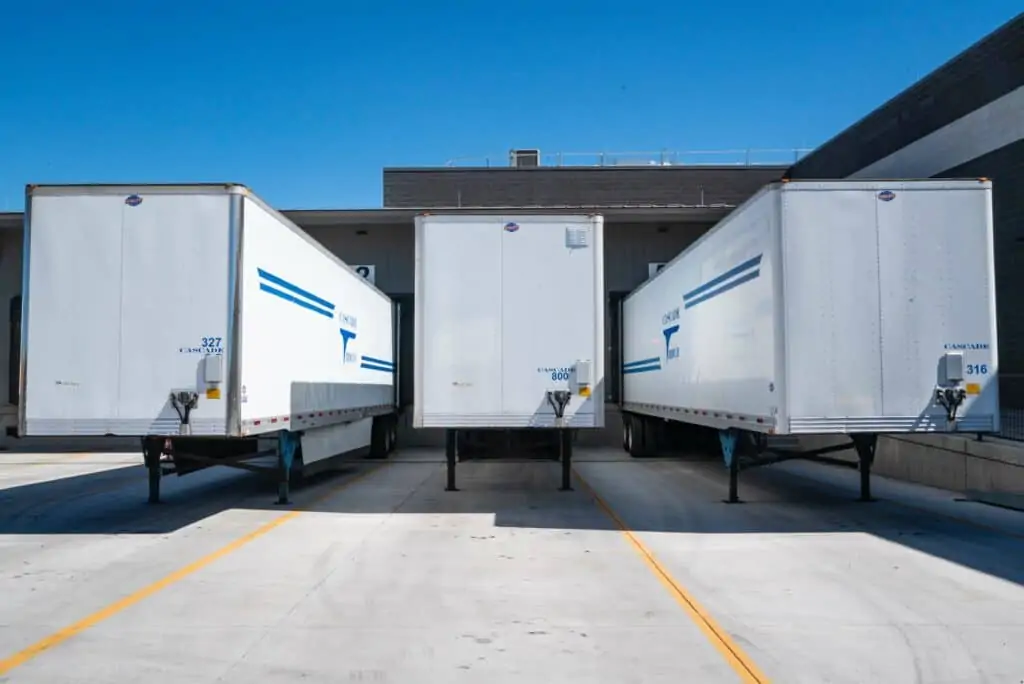If you own an eCommerce business, you might be asked by your customers if you offer international shipping. And with international eCommerce sales expected to total almost $5 trillion in 2021, it is something to consider as your business grows. International shipping can seem like a challenge, but by being prepared, you have the ability to make the shipping process easier. In this guide, we will teach you how to ship internationally in 7 steps.
1. Can you even ship your item internationally?
Before you even pack your order, you need to make sure that you are actually able to ship your item internationally. Believe it or not, each country has its own individual importing and exporting restrictions. For example, it is not permitted to ship bird feathers to or from France. However, restricted items may require special permits or licenses prior to their sale. These permits can be expensive and should be considered as you plan to offer international shipping.
You will also need to consider size and weight limits. Each international carrier will have its own weight maximum, so you will need to be aware of how heavy your package is before shipping. Global Express Guaranteed (GXG), an international package service owned by USPS, offers a max weight of 70lbs, but it may actually be lower due to the country’s restrictions.

2. It’s time to pick the carrier
Like mentioned before, each international carrier has its own limitations. However, there is so much more to consider as you pick the right international carrier for you. Not only do you need to look at limits, you need to look at what sets each one apart. Factors like fastest delivery and affordability can help you weigh your decisions when picking your carrier.

3. Information you need to ship internationally
Just like domestic shipping, you need all the pertinent information before printing the label. In this case, the information you gather will also help you fill out the custom documents that you might face. Answering questions like, “what are you shipping” and “what’s your item’s value” will be important as you move closer to shipping the product.
Information you’ll need:
- Full name of the customer or company
- International address of the customer or company
- A list of information of the item(s) your sending
- A list of your required custom documents
4. Completing customs
Having a detailed and consistent description of your items can potentially help you reduce customs delays. When thinking of the best description for your items, it’s good to start by asking yourself questions about the package.
Questions like:
- What is the item?
- How much is it worth?
- How much does it weigh?
- Are you shipping just this single item or multiple?
- What is it made out of?
- What is the intended use of the product?
- Where was it made (country of origin)?

These questions will help you build the best description for your package and help you reduce stress when filling out customs forms. Once you’ve figured out the description, it’s time to fill out and submit the customs forms and other documents that might be needed to ship your items. Luckily, you have two options to submit your forms, electronically and manually.
Electronically submitting custom forms
Electronically submitting your customs forms is easy; however, each carrier has its own platform to fill out and submit your forms. For instance, FedEx has the FedEx Electronic Trade Documents platform that allows you to upload your own customs form or use the generated documents already available within the platform. Electronically submitting can reduce paper and printing costs as well as allowing you to get ahead of the customs process. By electronically submitting your customs paperwork before shipping, you also have the ability to get clearance on your shipment, reducing the chances of delays.
Manually submitting custom forms
Manually submitting your custom forms is essentially printing out your custom forms and filling out your information by hand. If you do decide to fill out your forms manually, there are a few things to consider. Similar to electronically submitting your custom forms, each carrier has its own way of ensuring the custom forms are included in a package. For example, USPS requires you to submit custom forms that are computer-generated — you fill out your form online then print the document out, no handwriting. However, you are able to present your customs forms to a retail associate at a USPS location and they’ll make a computer-generated customs form for you.
Before you submit your customs form, this is the time to double and even triple check your document to make sure there are no mistakes. Mistakes on the form can result in customs delays, rejection of the package, confiscation, or even destruction of the package by the receiving country.
5. Preparing your package for international shipping
It’s time to prepare your package for international shipping. This is the time to make sure you have the appropriate packaging to ensure safe travels for your items. Make sure your box is wide enough for bubble wrap or other protective cushioning to protect any fragile contents you might have. When you ship high-value items, spending a bit extra on protective packaging can be a good investment. Calculating DIM weight is another thing to consider as you prepare to ship your package. Dimensional or DIM weight pricing is a formula that carriers use to determine the cost to ship a package based on its volume. With international shipping, the costs will differ.

Additionally, you will need to run through weight and height restrictions and guidelines that the individual countries you are shipping to might have in place. You will also need to consider the weight and height guidelines that the carrier you choose might have in place. Figuring out where you can or can’t ship will help you figure out the correct pricing for shipping as well.
6. Create your international shipping label
Once you’ve gathered your information and procured your packaging, you’re ready to create and print out your international shipping label. To fill out a shipping label, you will need information of the recipient as well as some information you gathered while filling out your customs form.
You will need:
- The sender’s information
- Name, address, and phone number
- The recipient’s information
- Name, address, and phone number
- Description of item(s) being shipped
- Quantity of items within your package
- Value of items being shipped
- Weight of the package
Once you’ve filled out this information, it’s time to look at rates. International shipping rates can differ based on what is being shipped, which country it’s going to, and the shipping speed your customer chose. So, be wary of how much it might cost you as you prepare the package.
7. It’s time to ship!
It’s finally here — it’s time to ship! Once you’ve created your label, print it off and make sure to place it in a clear baggy. Stick the baggy with the clearly visible label — do not place anything over the label information — to your package. If your package is a little too small for your label, don’t fret! Simply place the label on to the entire package, ensuring that the address is on one side of the seam of the box and the barcode is on the other.
With the label on, you can now think of how you’d like to get your package to your selected carrier. If you live close to your chosen carrier, you can simply drop off your box and pay your required custom fees (if you haven’t already). You can also schedule pick up times with certain carriers, eliminating the need to leave your home or office. Once the package is out of your hands, it’s time to celebrate, because you just sent your first international package!

International shipping can be a challenging process, especially if it’s your first time. Making sure you have the right tools and information in front of you can help you eliminate a lot of stress and save you time.
International shipping doesn’t just mean shipping from the U.S. to other countries. If you want to expand your business to the U.S., Red Stag Fulfillment is here to help. With multiple clients located across the globe, we have experience and tools that can help your eCommerce business branch out. To learn more about international shipping, click the link below to read our Ultimate Guide to International ECommerce Expansion.












